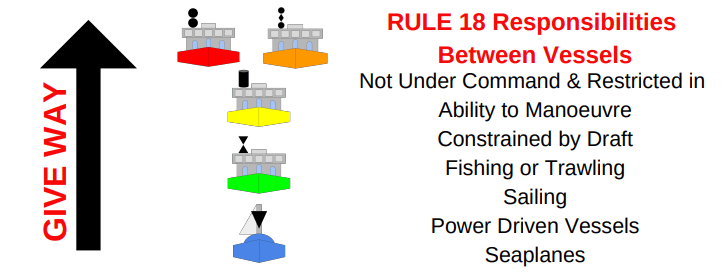Check out this YouTube video. It answers the question,’How do lifejackets work?’.It also shows you how to put one on so you can explain the process neatly in a safety brief.
Click the link below to subscribe to our channel to get all our videos as we publish them
Lifejackets are really important pieces of safety equipment. They are so important to survival that the RNLI run a campaign called ‘useless unless worn’.
Although they may not be the most stylish accessory for the yachting posters the simple fact is that in an incident a lifejacket will help to keep you alive.
Cold Water Shock
The waters around the UK are cold. You may succumb to the effects of cold water shock if you were to fall in or become submerged for any reason..
It doesn’t matter how fit and strong you are. How how good you are at swimming. Cold water shock will sap the strength from your body, making it harder and harder to swim. Without a lifejacket to help keep you afloat, you will be in extreme risk of dying. Therefore, you should wear one even it is a calm day.
Lifejackets and the Safety Brief
Legally, the skipper needs to tell passengers where personal safety equipment is kept and how to use it. As we show in the video, the lifejacket needs to be fastened around the body correctly. You need to explain how to locate and pull the cord is required. Although you don’t actually have to set one off! ? You don’t even have to explain ‘How do lifejackets work?’. Having said that it is interesting to know and all part of the adventure.
As the skipper, your passengers will follow your lead. If you tell them to wear one and ensure that you wear your own, they will do the same.
There is no legal requiremnet to wear a lifejacket though. Having said that, you would much rather be saying that, ‘somebody fell in but their lifejacket was on so it was ok’.
Rather than, ‘Somebody fell in. Their lifejacket was stowed away and they died’.
How Do Lifejackets Work?
Modern lifejackets for power boaters have a compressed CO2 gas canister. The gas canister can be pierced with a pin. It will then release the CO2 and inflate the bladder of the jacket as can be seen in the video.
Sometimes the only way to pierce the jacket is by manually pulling the cord. On other lifejackets there is an automatic mechanism that fires once the jacket is submerged in the water.
Once it is inflated, you can see several parts to it as well as some pieces of equipment.
A lifejacket will always have:
- Reflective tape so you can be seen
- A whistle for attracting attention
- A means of inflating – manual only or automatic as well
- A manual inflation / deflation tube
Extra things that won’t necessarily be included:
- A light for going out in the dark
- A hood for protecting you and your airway from breaking waves
- A crotch strap to prevent the lifejacket riding up over your head
- An AIS beacon or PLB to transmit your location to search and rescue
Looking After Your Lifejacket
A life jacket service is something that should be done annually to make sure that it will work when it’s needed. Again, unless you are a commercial boat, there is no law to get this done.
It only costs around £10 to £15 per jacket to get them checked by a professional. You can take your lifejacket to a chandlers and they will send it away to a licenced service technician.
The technician will pressure and load test your jacket. They will make certain that it holds air. They will make sure it is in date and free from excessive corrosion. It’s super cheap for such peace of mind.
Please let me know what you think in the comments below ?





Great video Noel…….A reminder of the legal obligations of skippers with regards to doing this briefing and another reminder that you should also take personal responsibility for your own safety whilst at sea would reenforce the learning.
The differences between AIS and PLB might be a whole new subject!
Love these videos, perfect for watching on the train. You always find something new to think about!